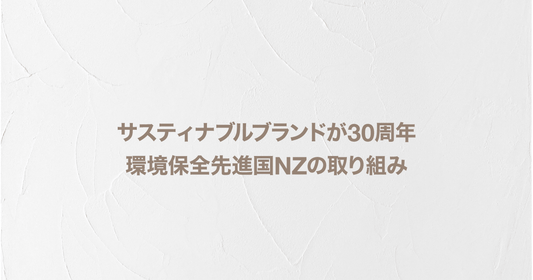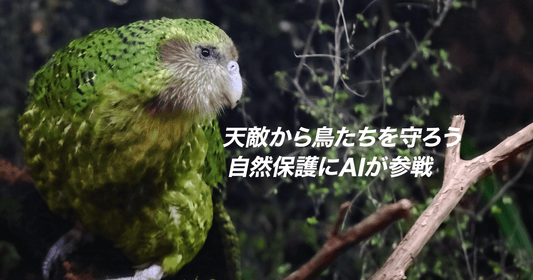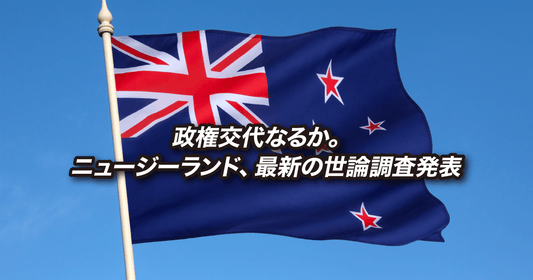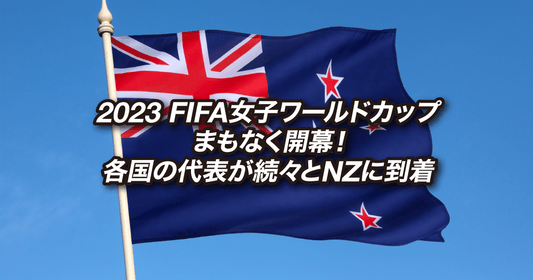
New Zealand is regularly ranked within the top 10 in the overall Gender Gap Index, and is considered to have a small gender gap compared to other countries in the world. However, there are still many challenges, and it is not commonplace for women to expand their opportunities, and they are often featured in the news.
Rescue helicopters used to be one of the workplaces where men were the main focus, but 10 years ago this was a male-dominated field, but the number of female members is gradually increasing.
At the Auckland-based rescue helicopter organisation, a fifth of its paramedics and half of its emergency doctors are now women.
One of the helicopter crew members was interviewed on national television.
▶︎ 1News:More Kiwi women pursuing careers on rescue helicopters
A childhood dream
Michelle McLean, who currently works as Auckland Westpac Helicopter Rescue's first aircrew officer, says it had been her dream to work with rescue helicopters since she was a child.
When I was a child, helicopters would sometimes land in the schoolyard. I would peek over the fence every time. I remember how inspired I was by the bright red helicopters that all looked like superheroes. But it didn't bother me at all that all those heroes were men. Women have the right to pursue any career they want.
said McClain.
When McClain started working there, the restrooms were only intended for men to use.
Although the number of female staff has increased in recent years,
I still often hear people say, "I never thought there would be so many female helicopter crew members."
McClain commented.
In rural New Zealand, it often takes 30 minutes for an ambulance to arrive and even longer to get to a hospital.
For those in need, a few minutes can feel like hours...McClane wanted to be of a helping hand to these people, and she finds her current job very rewarding.
Doing what you love as a job
There are also women working as helicopter pilots.
Sue Dinkelacker is a veteran rescue helicopter pilot with over 10,000 flight hours.
It is not unusual for an airplane pilot to have more than 10,000 flight hours, but rescue helicopters only fly a short distance and for a short time each time, so they don't fly for long periods of time like airplanes.
Dinkelacker says that as her career with the rescue helicopter has progressed, she has had more opportunities to see women in action.
We have many women on the flight crew, among them flight attendants, paramedics, and engineers. People are often surprised that we are female pilots, but I have rarely had a negative experience with it. Even if they are surprised at first, most people are supportive after that.
Dinkelacker has several pilots in his family, and he says he is happy to be able to do what he loves and do a job he is passionate about.
Also,
Even if you are expected to represent women and perform well to a high standard, it's not a problem if you love what you do.
He also said.
Expanding opportunities for women
Ten years ago there were no female paramedics or helicopter crew in the Auckland region.
However, it seems that currently about 20% of staff working on the front lines are women. Furthermore, nearly half of emergency doctors are women, and opportunities for women to play an active role are expanding.
McClain commented that she had built her career with the belief that she could become the superhero she had always dreamed of becoming.
and,
I want people to pursue their dreams without being bound by old stereotypes. Even in a profession that is considered a male-dominated one, there are always opportunities. If I could do it, so can you.
He said.





